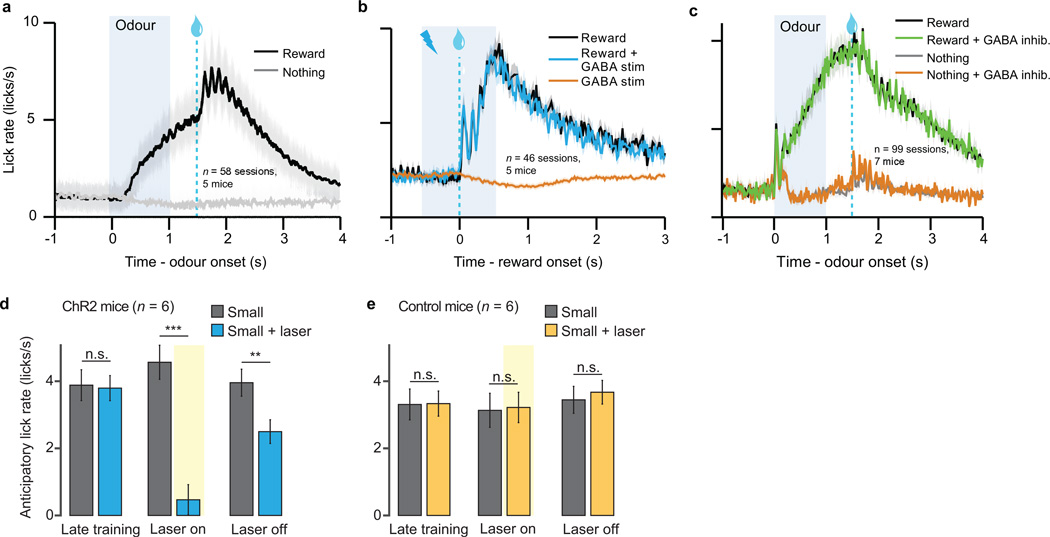Extended Data Fig. 8. Behavioural performance on all four experiments.
a, In the dopamine identification task (Fig. 1), lick rates (mean ± s.e.m. across sessions) for odours predicting reward (black) or nothing (gray). b, In the GABA stimulation task (Fig. 2), lick rates (mean ± s.e.m. across sessions) for reward alone (black), reward + GABA stimulation (blue), and GABA stimulation alone (orange). c, In the GABA inhibition task (Fig. 3), lick rates (mean ± s.e.m. across sessions) for the odours predicting reward with 90% probability (black) and 10% probability (gray). Green laser was delivered to inhibit VTA GABA neurons on 25% of reward (green) and nothing (orange) trials. d, e, In the bilateral stimulation experiment (Fig. 4), anticipatory licks (mean ± s.e.m. across mice) for mice injected with ChR2 (d) and GFP (e). Gray bars, odour B; blue or yellow bars, odour D. Left, last three training sessions before odour D was paired with laser; Middle, last three sessions with laser delivery (excluding probe trials); Right, last three sessions after laser was turned off. **, P < 0.01; ***, P < 0.001; paired t-test.

